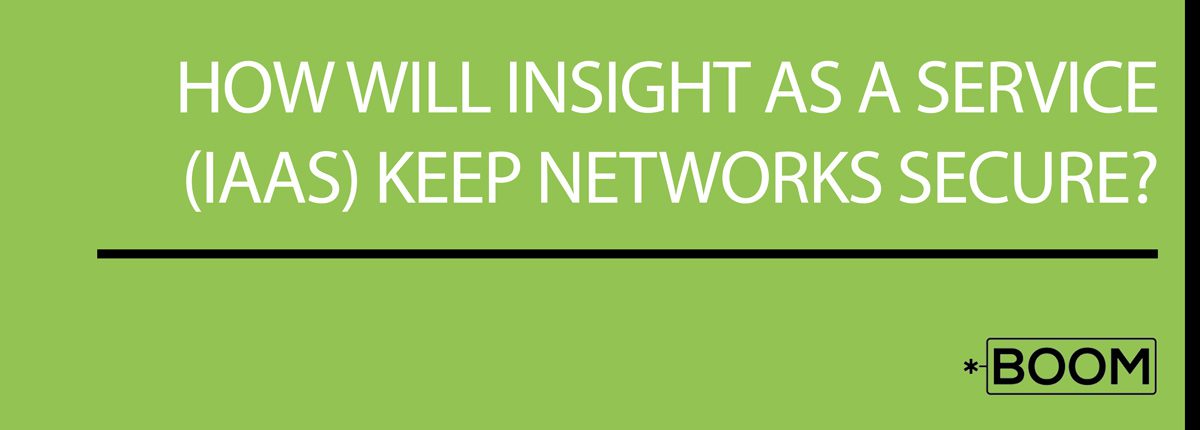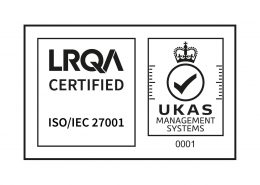Blog: How sure are you that your Network is performing as planned?

How sure are you that your Network is performing as planned?
While all companies are different, they all have one thing in common they most certainly have or are part of a network.
truth is that most company networks are similar to the networks that other companies use. So, this means that all companies can experience the same kind of problems related to their networks.
These include the need to grow the network size and complexity to suit the businesses requirement, whilst making sure the network is as future proof as possible.
The main concerns for all networks are related to commerce, communication and collaboration. After all, these are the three main aspects that keep a business running. In this case, the network can store all the business, product, and customer information.
With all networks there are a few aspects that should always be kept in mind. These include information theft, viruses, denial of service attacks and even hackers. All these events can not only lead to downtime but also to the loss of important data. As if this wasn’t enough, business reputation could also take a hit just for any downtime.
So, businesses need to ensure that their networks are performing as planned. So, how they ensure they are?
There are two main things that they need to do:
#1: Network Management:
Simply put, network management is all the actions that are taken in terms of ongoing maintenance, equipment deployment, management, call recording, device monitoring, planning, troubleshooting, service levels, among so many others.
Ultimately, the network should be managed by a team of administrators who should take the overall responsible for the network management. However, an administrator may not have all the relevant network monitoring access they require at the right time.
Therefore, it is extremely important for administrators to see everything and in real-time as well as having access to historical information all through one network management portal.
#2: Network Monitoring:
Network management, and Network monitoring go hand in hand. Even though this is a part of the management of a network itself, this is by far the most critical of all functions.
The reality is that the only way to know if a network is performing as planned is by having a monitoring system that is continuously searching, checking, and notifying of network issues, faults and alarms.
In some instances, business networks consist of a number of different vendors and technologies each with their own complexity, characteristics of supply, administration and operation and some even have the implications of a hybrid analog and digital infrastructure.
The important thing is that the Network monitoring services are all integrated into an easy to use, easy to deploy online management portal that enables their team to monitor the network proactively, thus resulting in any issues being resolved in a quick and effective manner.
If you would like to discuss your call recording requirements with a member of the Boom team, please email us at : info@boom.limited










